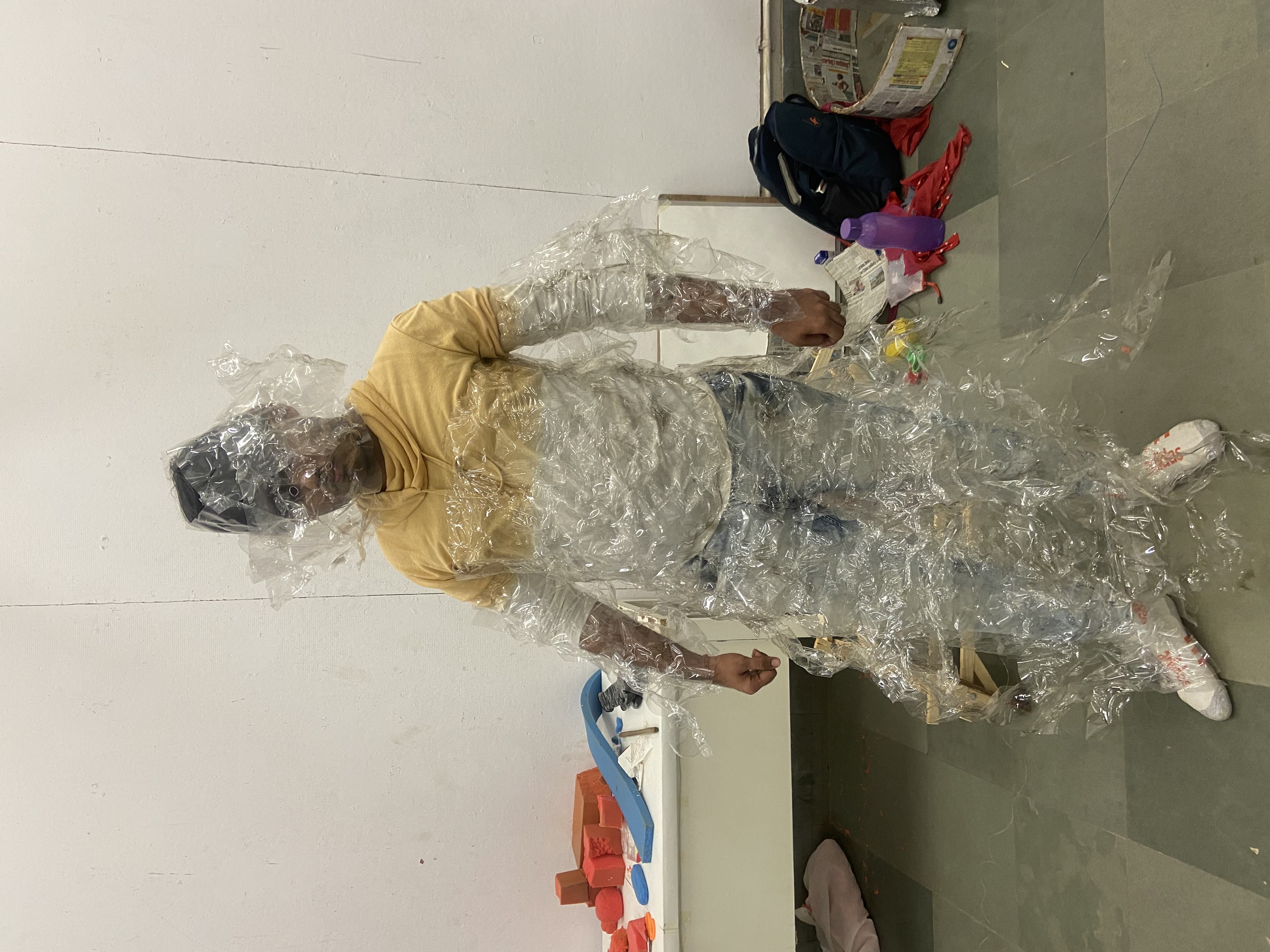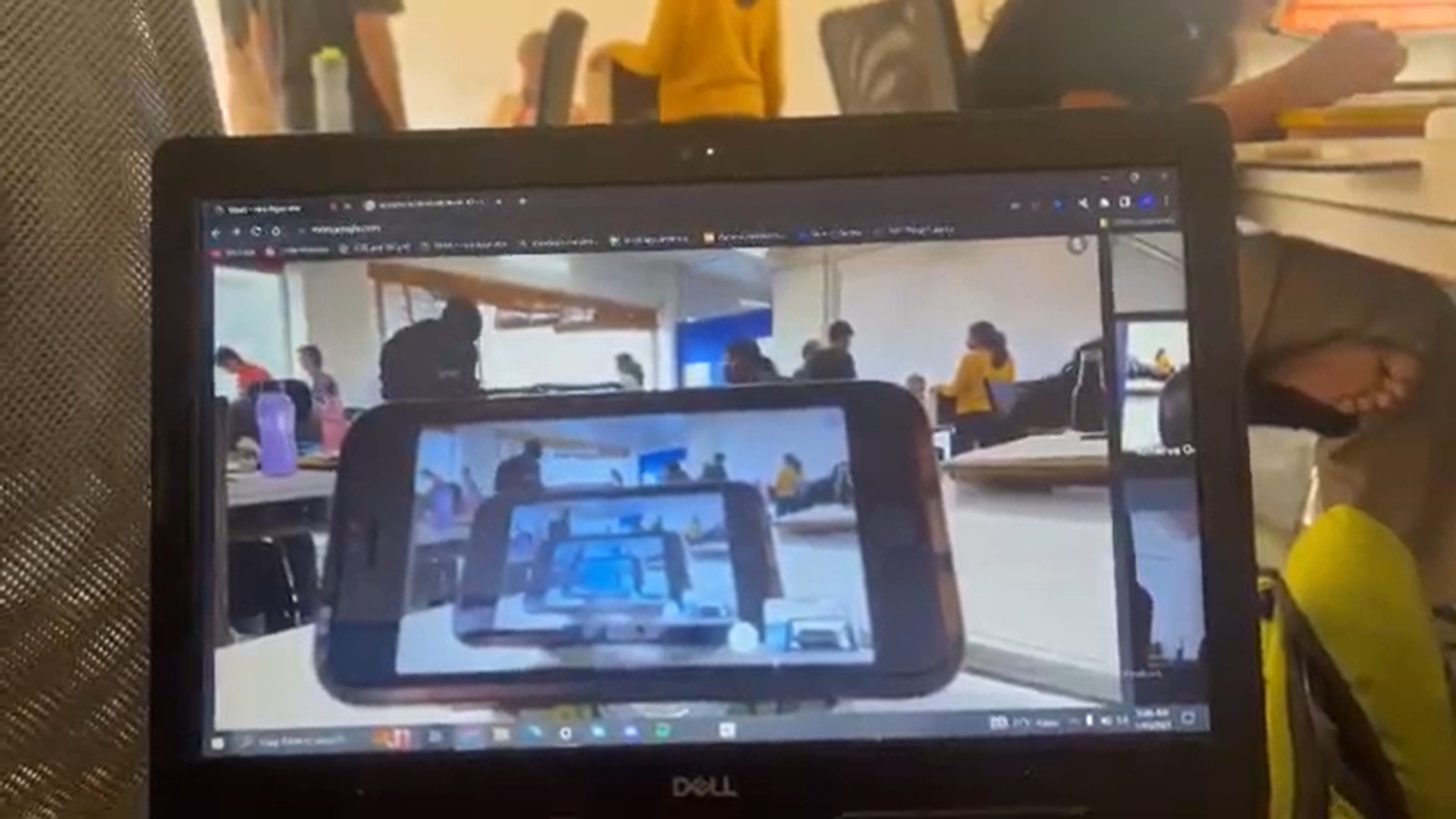Sem 01 | Studies of Form
Spatial Apparatuses
Apurva Talpade
The making of the spatial apparatuses launches from the drawing of the journey. A note on that can be found here.
What has been the task? To imagine something, build something, make something that is able to build on / relate to / help you navigate / amplify or suppress / augment / distort / draw from the sense of the journey that the drawing is able to hold. The drawing is vital because the new space constantly referred to is the space of the drawing itself. The drawing shifts from what we think drawings do (which is to substitute one particular dominant imagination of how the eye sees in a photographic sense). They do not have the static, equalising sense of the camera lens, but rather work to bring in a sense of time, of shifts and pauses, of bodily experiences, fold in memory, confront a sense of revulsion,of fear, collapse spaces and perspectives, etc etc.
How does one address this new sense of the world, or this new space? What does one want to do there? How does one inhabit the amplifications, exaggerations, suppressions and warps? And what is the apparatus that will let you do this?
The task of the spatial apparatus is therefore to interrogate the leap that is made in the drawing and move away from symbols to an actual experience - of the overwhelm, holding a fuzziness, the sense of an envelope. They must negotiate the space of the experience and play with it and always always hold it near. The term “spatial apparatus” is used loosely and it works here as an expanded term. It can be a prosthetic, a machine, an environment or a negotiating space, it can reimagine the body entirely. It could be a costume, an appendage, a machine, hearing aids and viewing devices.
A recognition of this is brought in via ideas borrowed from steampunk, the build of the cyborg, Nick Cave’s soundsuits, Rei Kawakubo’s experiments, the extremely spirited Inspector Gadget and solemn/odd Edward Scissorhands, Tycho Brahe’s instruments, chindogu (the Japanese practice of inventing ingenious everyday gadgets), among others. In all of these references, what the objects themselves are is not as important as how they produce a new way to engage with the world and reconfigure our ideas of utility, of bodies, of beauty, of environment - and they come from these wild urges to build something that extends a straightforward telling of experience. They may let you breathe underwater, map stars, see dreams, whatever…
That urge, and staying with it, is what is meant to be forefronted not simply in this exercise but as a value of the school, towards the nurturing of an energetic self.
















